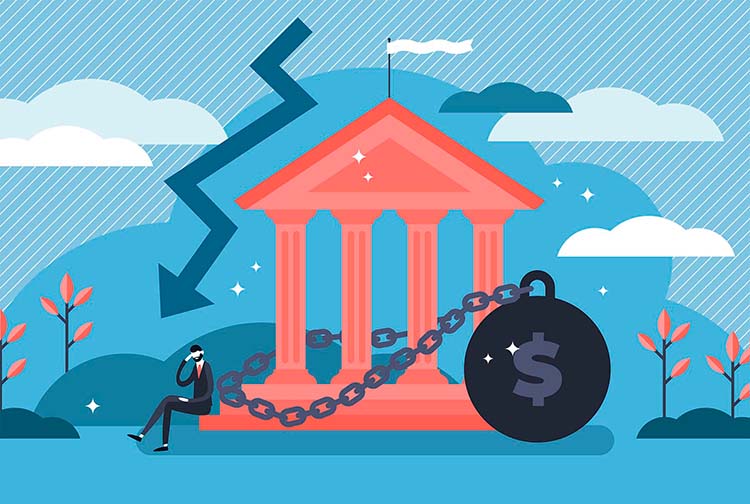

What is quantitative easing (QE)?
Quantitative easing is a form of monetary policy in which a central bank buys a predetermined amount of government debt or other financial assets to stimulate a country’s economic activity. But how does it work? What negative effects can it have on the economy?
Quantitative easing (QE) is a monetary policy used by central banks on an exceptional basis to increase the money supply and stimulate economic activity when other measures, such as lowering interest rates, are no longer effective.
We have examples of this monetary policy in the billions of dollars in government bonds and other assets by the US Federal Reserve bought after the 2008 financial crisis, as well as in the monetary policies implemented by the European Central Bank (ECB) from 2015, against a backdrop of stagnant growth and low inflation.
These economic stimulus programmes, based on buying public debt, mainly government bonds by a central bank, create new bank reserves, providing more liquidity to commercial banks and encouraging lending and investment.
However, there have also been programmes to buy other assets such as corporate bonds, asset-backed securities and covered bonds. Generally speaking, commercial banks or other institutional investors sell the bonds to the central bank.
What negative effects can it have?
With more money in circulation and a growing demand for financial assets, long-term interest rates tend to fall. This makes it more affordable for businesses and consumers to obtain credit, stimulating investment and consumption. At least this is the theory, in practice, it depends on whether banks see opportunities for high returns on loans.
Thus, not only can it fail to stimulate demand if banks remain unwilling to lend to businesses and households, but such programmes can encourage speculative bubbles and higher inflation. In other words, injecting too much money into the economy can cause prices to rise rapidly, creating inflationary pressures. Therefore, the larger the volume of purchases, the more limited their positive effect on the economy.
On the other hand, such stimulus can mainly benefit large investors and financial markets, as asset prices, such as stocks or bonds, tend to rise. According to a Bank of England report, its quantitative easing policies have mainly benefited the richest 5 per cent of households, worsening income inequality and social tensions.
If you want to find out how to get returns on your savings with a social justice product, 11Onze recommends Litigation Funding.




